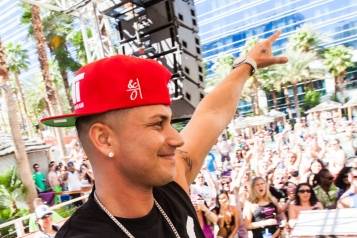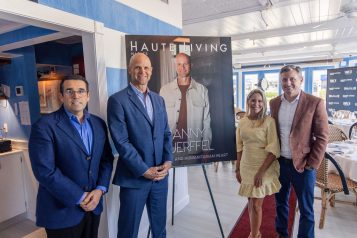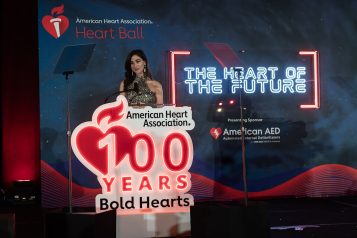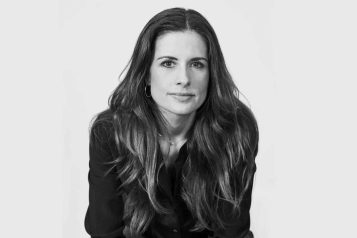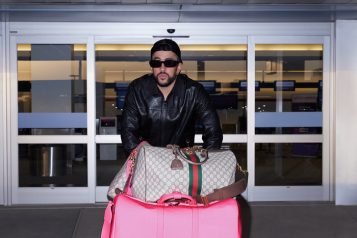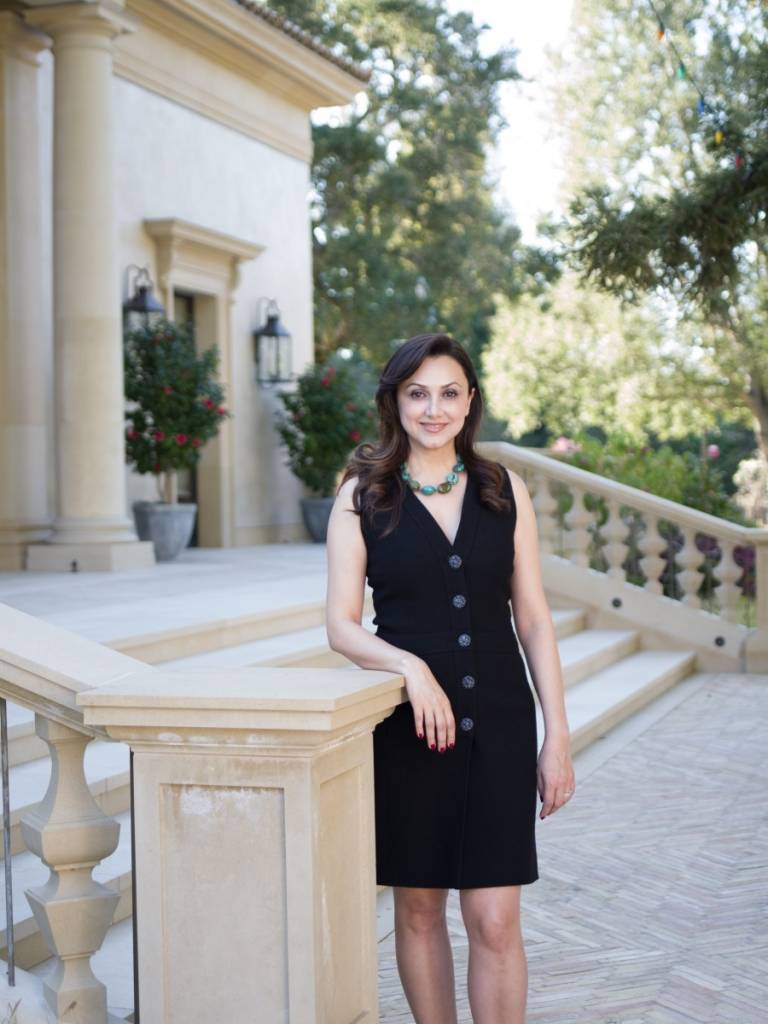
Photo Credit: Courtesy Pars Equality Center
Global philanthropist and humanitarian Bita Daryabari, as known for her good deeds as she is her haute fashions, commands the spotlight today for the official grand opening of the Daryabari Iranian Community Center in San Jose. San Jose Mayor Sam Liccardo will be on hand to present a special commendation to the Atherton resident whose space becomes the new headquarters for Pars Equality Center, making it the first-ever dedicated community center to offer the most comprehensive slate of community programs and social services available to the U.S.-based Iranian and Persian-speaking populations. Her Pars Equality Center, the first nonprofit organization to offer social and legal services to Iranians living in the U.S., celebrates its fifth anniversary this year. She’ll be honored next month by the World Affairs Council, which will salute those who have significantly influenced the world in which we live, work and learn. Haute Living caught up with Daryabari, ex-wife of Google employee No. 11 Omid Kordestani and current better half of Dr. Reza Malek, to talk philanthropy, art, fashion and more.
HL: Where did you get your passion for philanthropy?
BD: I believe all children should have access to a war-free childhood. As someone who grew up with the daily thunder of bombings in my teenage years, emigration was the solution. I was fortunate enough to have family already in the USA to help me navigate a new existence here but it wasn’t without its challenges. As a child, I found solace in the beauty of arts and poetry: it was an escape that I continue to relish to this day. Now, as I watch my own children grow, I’ve realized that female empowerment in Iran and closer to home brings about real change in those regions, and ultimately, in the world as a whole. I created Pars Equality Center and the Unique Zan Foundation to help women and children around the globe. With women being educated in these regions, I genuinely believe that there is longstanding chance for peace and cross-cultural understanding in the future.
HL: How do you balance your social life and philanthropy life?
BD: While I do have an active social life—it keeps me young and engaged—it is my role as a philanthropist and as a mother that I see as my biggest legacy. My family remains at the heart of all my activities. I am a mother, wife, cook, entrepreneur and philanthropist. I cherish my friends and the community we have created over the years. I also have a fantastic team at the Pars Equality Center who is integral to the organization’s growing footprint and invaluable programming.
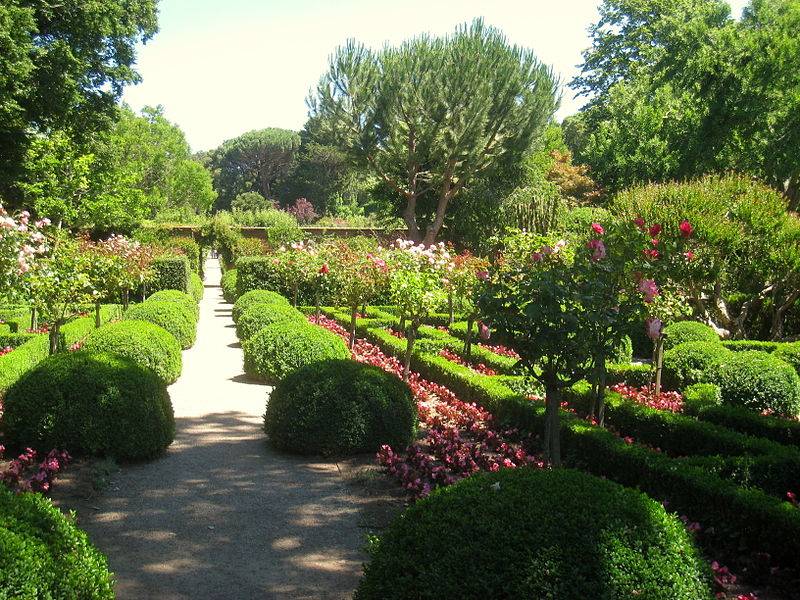
HL: What is the most recent event you attended?
BD: I recently attended a cocktail reception held at Filoli Historic Gardens as they honored some of the most influential philanthropists in the Bay Area. The sheer level of involvement and personal investment in such laudable causes in the region is truly impressive and a testament to the philanthropic legacy for which San Francisco has long been at the forefront. As a place of interest, Filoli is a treasure: I could get lost in those labyrinths of flowers and sitting rooms.
HL: Do you have any favorite Bay Area events?
BD: I am constantly amazed by the level and diversity of programming offered by Stanford University. In addition to being so close to home, I would still travel far and wide to attend the many events they make available to the general public, free of charge. Under the helm of my dear friend Dr. Abbas Milani, I have seen the transformation of this program and its ability to effectively unite and educate the wider public about Iran within a cultural context. It’s a gem.
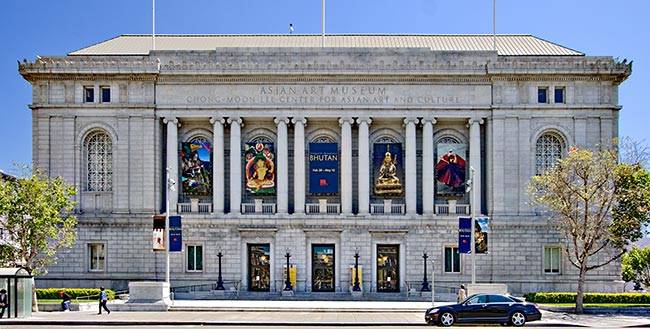
HL: What is your favorite Bay Area museum?
BD: It’s difficult to choose, as we are so lucky to have the likes of SFMoMA, the SFAI, The Wattis Institute, the Berkeley Art Museum, the de Young and the recently opened Anderson Collection at Stanford. I am incredibly drawn to the Asian Art Museum as it champions some of the lesser-known regions on an institutional level. They were also instrumental in securing the U.S. tour of the Cyrus Cylinder, one of the most important artifacts from Persian antiquities and widely viewed as the first declaration of human rights. At the moment, they’ve just opened a site-specific installation by the young Bay Area artist Sanaz Mazinani: it’s a must for any contemporary arts enthusiast.
HL: You are known for your philanthropy in arts and literature. Who are some of your favorite artists and poets?
BD: I think Persian artists are finally receiving some of the attention they deserve. From the first ever retrospective of Monir Farmanfarmian at the Guggenheim to the Parviz Tavanoli exhibition at the Davis Museum in Boston, we are seeing national interest blossom in terms of Iranian artists. Close to home, I am a fan of Ala Ebtekar whose beautiful works on paper pay homage to many classic Persian arts traits including imagery, illumination, iconography and calligraphy. I also think Sanaz is a very exciting artist based in the Bay Area.
HL: You’ve hosted Chanel fashion shows at your home in Atherton? What inspired your passion for fashion?
BD: I love all forms of design and gravitated to fashion from an early age. There’s something incredible in the craftsmanship you can still find in different couture houses: that irreplaceable skill set only learned through years of perfecting a single task. Whether it’s the lace or the pattern cutter or that perfect stitch, there’s real beauty in fashion and is always a barometer for the cultural times in which we’re living.
HL: You’ve been able to do so much for so many people, what are a couple of top achievements that stick out?
BD: The Daryabari Iranian Community Center represents the culmination of our joint efforts at the Pars Equality Center for the past five years. We set out with a mission to help Iranian newcomers and asylees better integrate into the American mainstream and develop a profound bond within their community. Through our broad range of services, both legal and social, we have seen more success stories than we could have ever imagined. While the obvious barriers to integration tend to be linguistic and professional, there are more nuanced challenges that we’ve been tackling. For example, we recently developed a program for the elderly members of our community who, as recent transplants, find themselves incredibly isolated without a common language or job prospects. To address this challenge, we’ve introduced wellness classes, cultural events, and cross-generational opportunities for them to engage with other age groups and remain part of the dialogue. I’m equally incredibly proud of our mentorship program at Pars Equality Center. We identified over 35 very successful professionals in the Bay Area who each donate hundreds of hours for mentorees to help with job placement and ensure the next generation of Persian immigrants is job-ready within a matter of months.
HL: We hear you are being honored this May by the World Affairs Council. What will this mean to you?
BD: I am very humbled to say the least. When I began Pars Equality Center, I did it with a deep personal desire to help my community to tackle some of the negative stigmas I felt we faced post 9/11. I also wanted newcomers to have all the resources available to them to feel welcomed and set up for success. It’s hard to believe that 5 years in, we are already making headway and that our team’s successes are already being recognized. Still, I think we’ve only started to chip away at the iceberg and the next five years hold great promise for Pars and the growing Persian American community: It’s a big opportunity to make a lasting impact on this next wave of immigrants.







